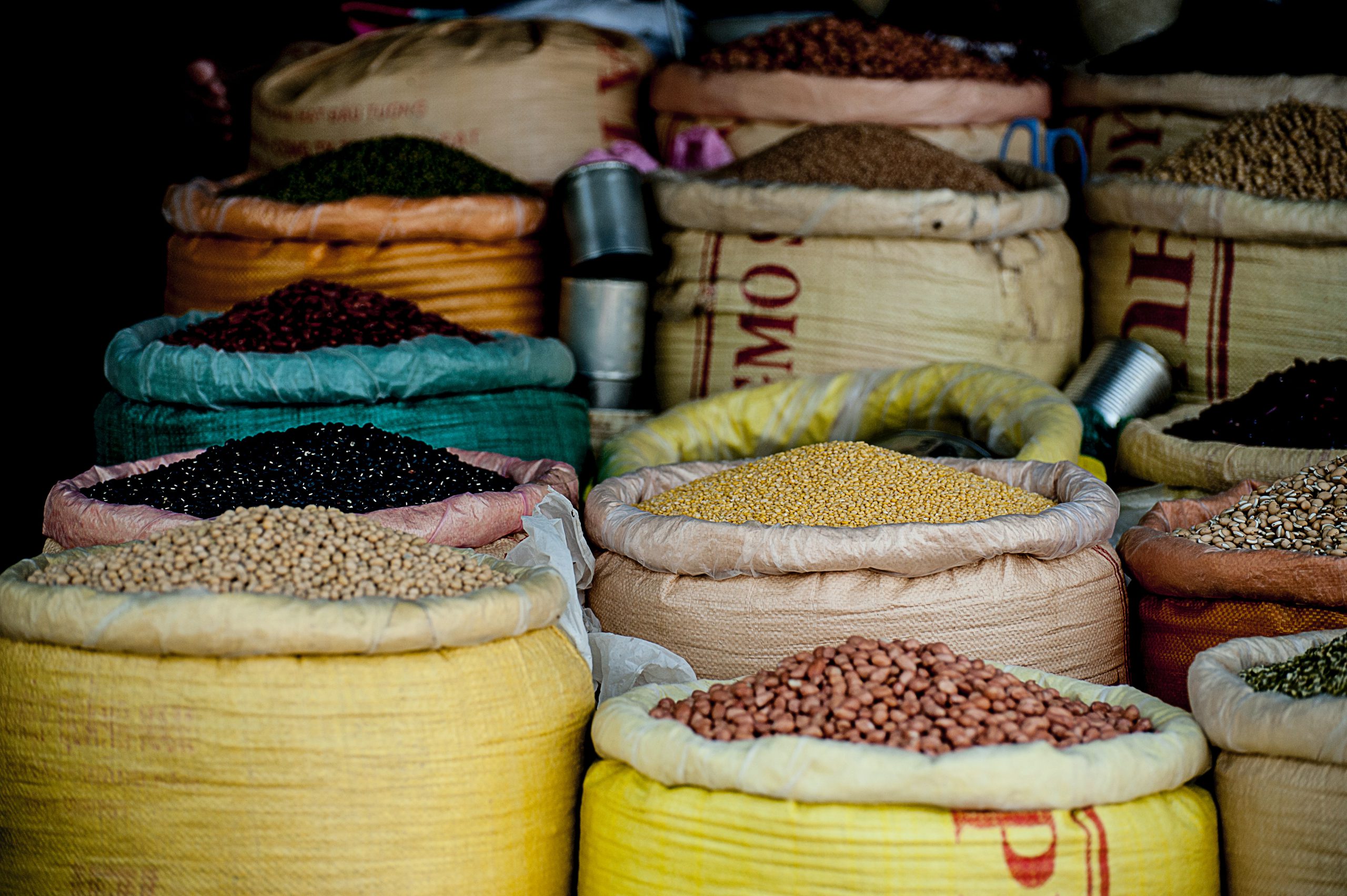Pricing a commodity is about evaluating the supply and demand of that specific commodity. Although, pricing commodities works different from non-commodity products, because the price is set before the exchange happens.
That results in uncertainties relating to the market and spot price, if the predetermined one will be in-line with the moment of the exchange. So, the involved parties cover themselves from price fluctuation setting the values beforehand.
Which can lead to risks of missing positive pricing movements, since there is a contract. Therefore, a number of methodologies seeks to minimize that problem, determining prices that will contemplate both sides.
In this article we will discuss more about the challenges and methods of pricing for commodities.
What is a commodity?
Basically, a commodity is a basic product or raw material used to make goods and develop services. The daily routine of a market is dealing with commodities, which includes oil, gas, coffee, soy, rice, etc.
Commodities are a necessity for the financial market because it’s essential to producers and manufacturers. There are many economic factors that affect the prices of commodities, but primarily, supply and demand in the market.
One characteristic of commodities is the similarity between suppliers. Basically, there is little difference between commodities of two suppliers. That’s because in a trade, there is a basis grade, or a minimum standard quality.
Buyer and Producer or Commodity Speculators
There are two ways of transactions involving commodities. One of them is the standard buyer and producer contract, the other one is the commodity speculators.
For the first one, the commodities are carried through future contracts that standardize the quantity and quality of the commodity being traded. Then, the traders make or take the delivery of the commodity when the contract is done.
On the other hand, the commodity speculators get in the market only for the profit of volatile rice movements. They don’t intend to actually make or take the delivery when the contract is done. As most commodities markets are volatile, the rise of price can be a good investment for speculators.
Pricing Methods for Commodity
As we already established, the biggest challenge for commodities trading is the price fluctuation. None of the parties involved wants to lose money because of contracts or wrong pricing. For that, there are a couple of methodologies.
The most basic form is the fixed price. Here, you set a fixed price, at the start of the contract and is based on price futures. Which means, this price is the same one of the delivery moment.
That methodology is an insurance for both parties against price movements and offers the possibility of reviewing contracts if needed. It’s also possible to set a ceiling and floor price, so if the price changes outside those boundaries, the contract assures the limits.
Another possibility is the floating price, which is an average of a reference price over a set period of time. That cuts the possibility of an extreme price change in the delivery date. And also, a bigger change during the period won’t impact as much at the set price.
This is most effective for long-term contracts, where the change of fluctuation is bigger because of the duration of the contract.
In sum
Pricing a commodity is not something simple to do, because there are a lot of economic factors, such as supply and demand, that can impact directly at the cost of the transactions of a specific commodity.
Also, the price fluctuations are a potential problem for the parties trading, because it can be very different from the moment of the contract. So, it’s important to keep track of the prices and see what works best at the moment of delivery.
Finally, there are methodologies that reduce the possibility of prejudice, and that can make the parties more comfortable with the negotiations.

